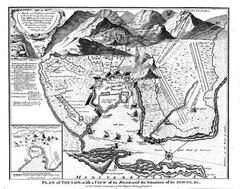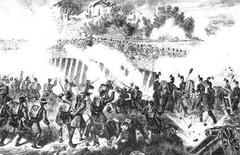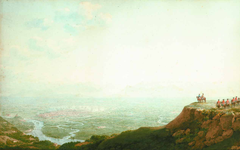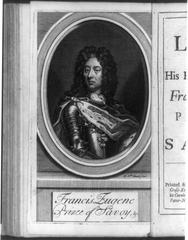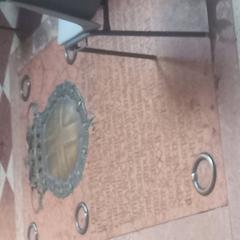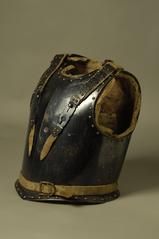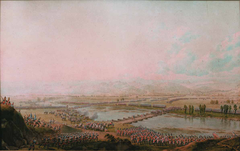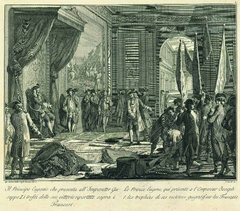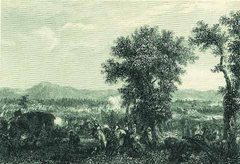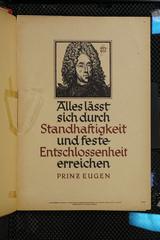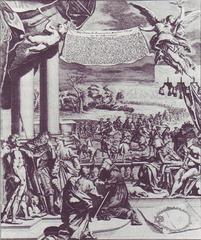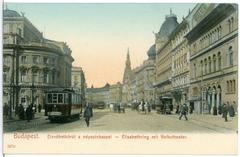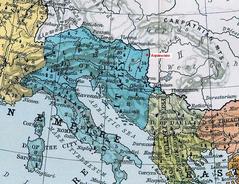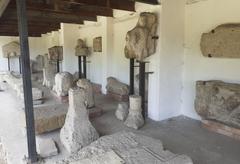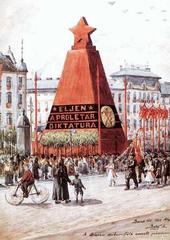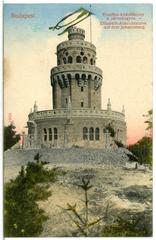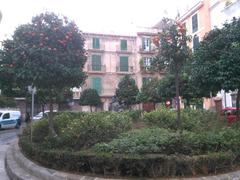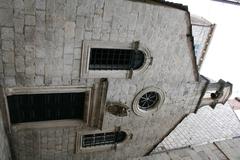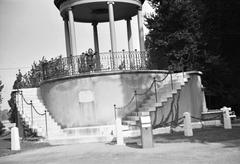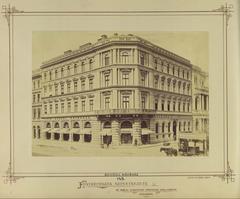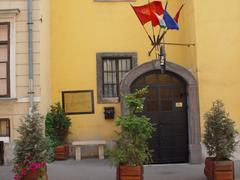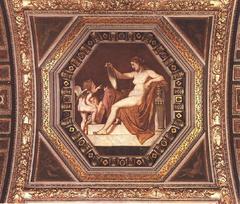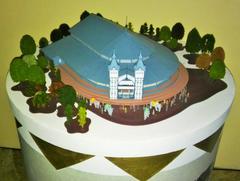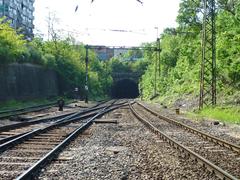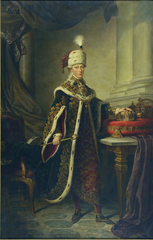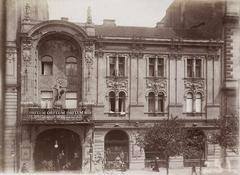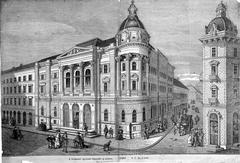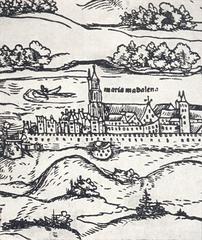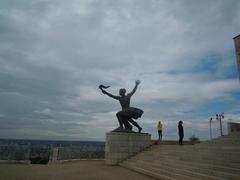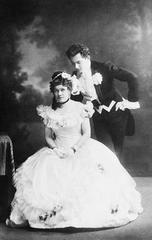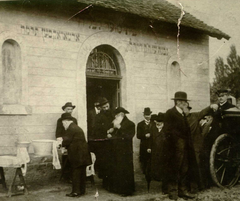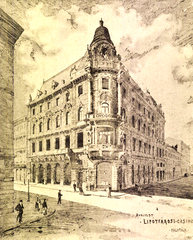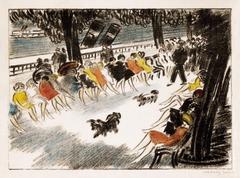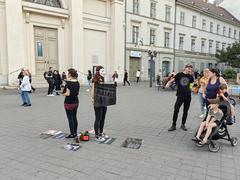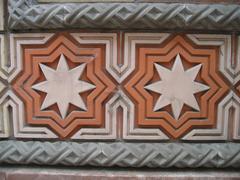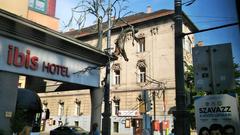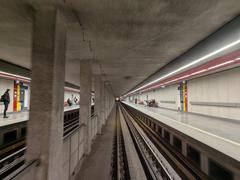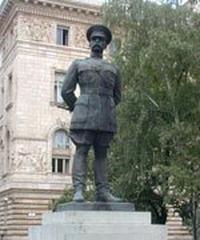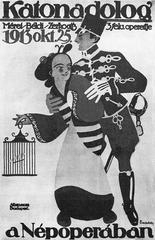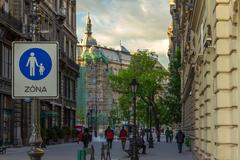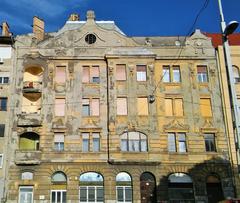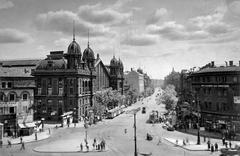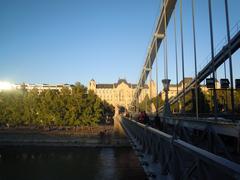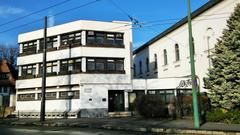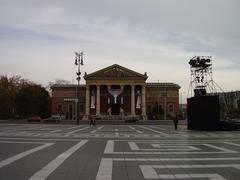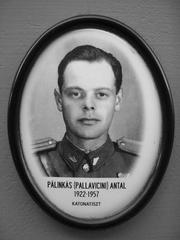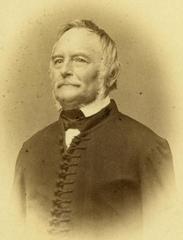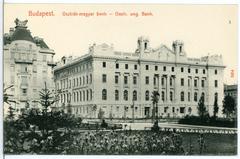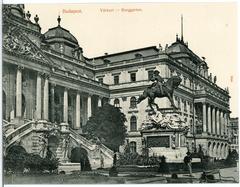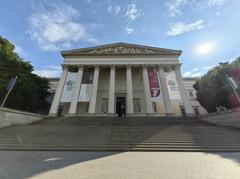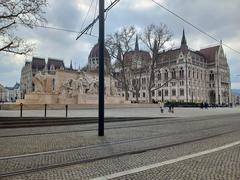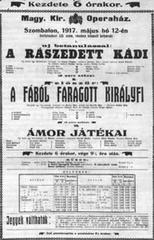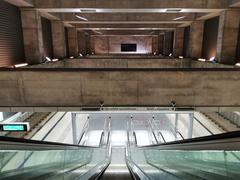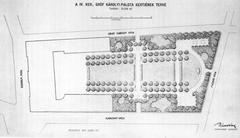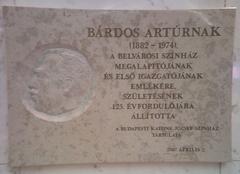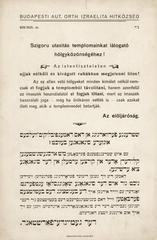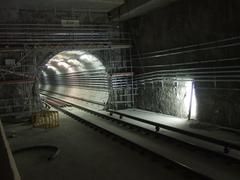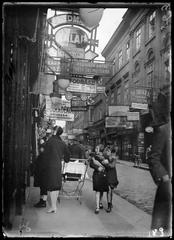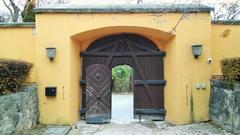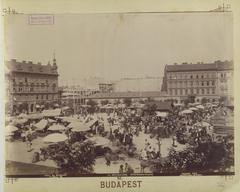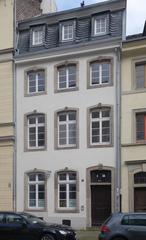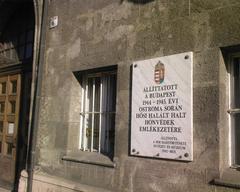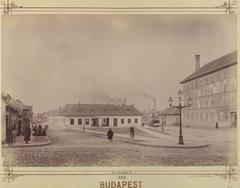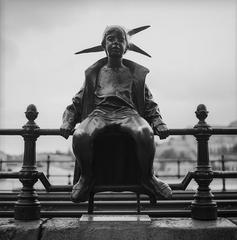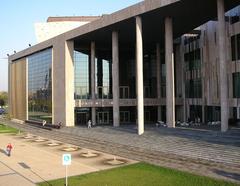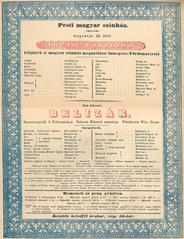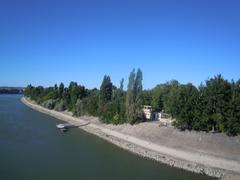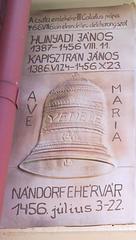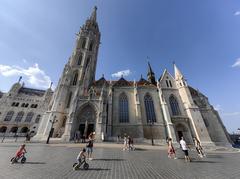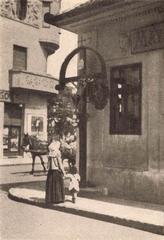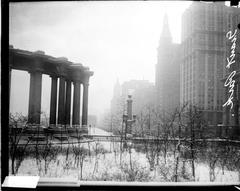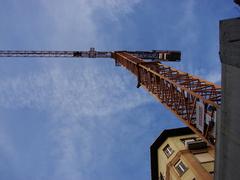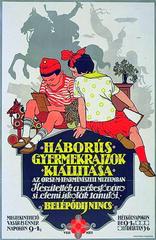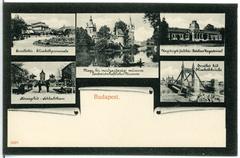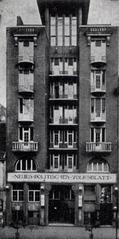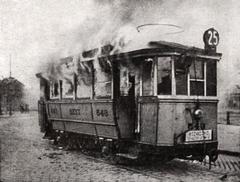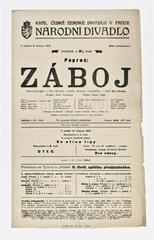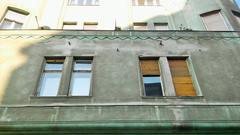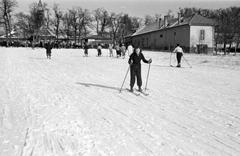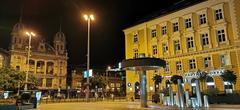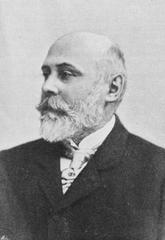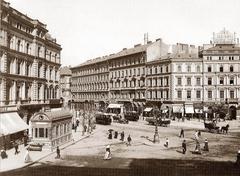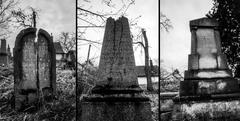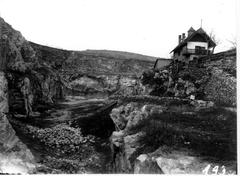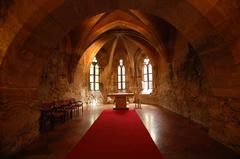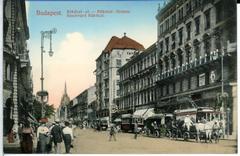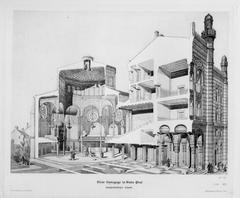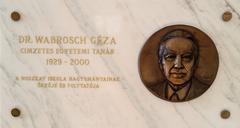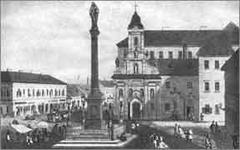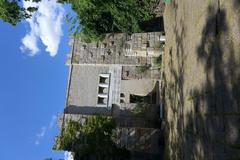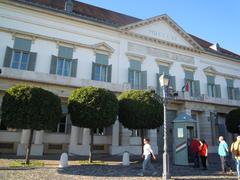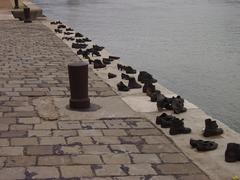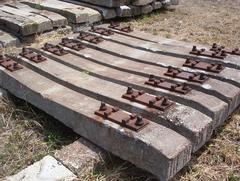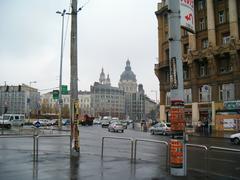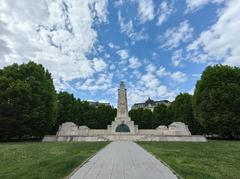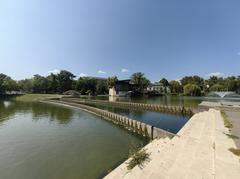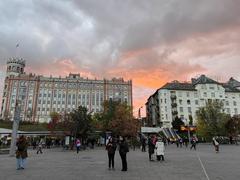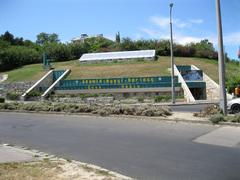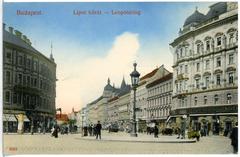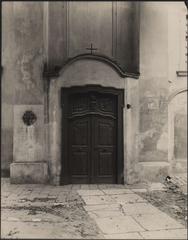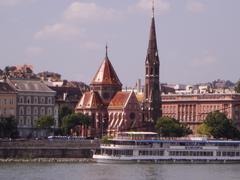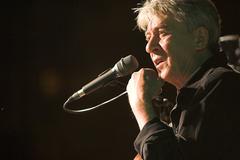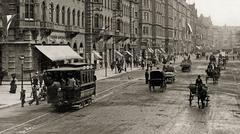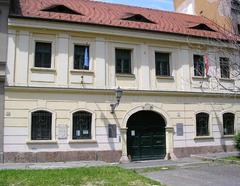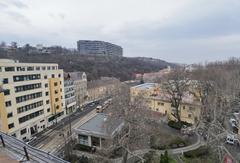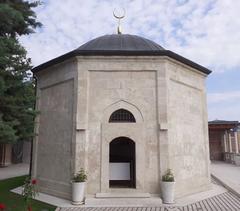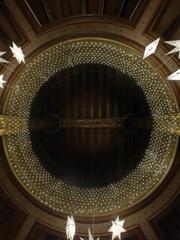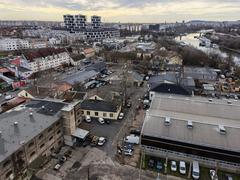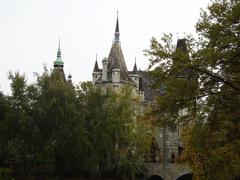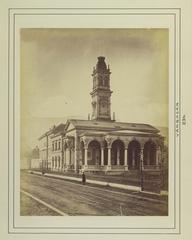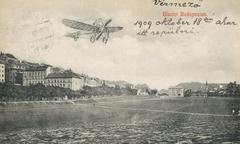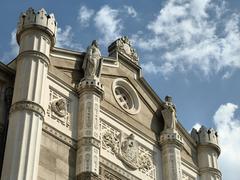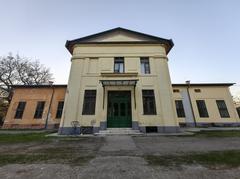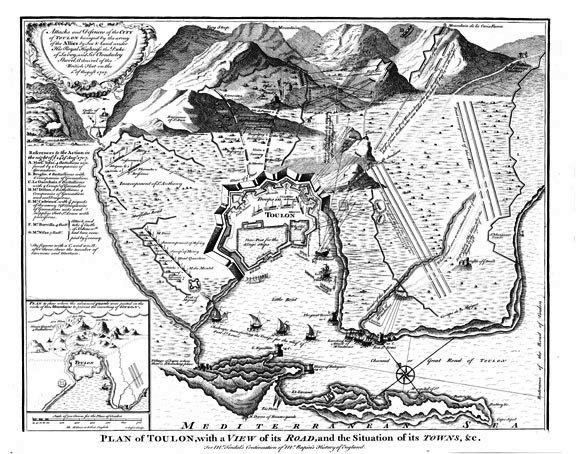
Visiting Eugene of Savoy: Hours, Tickets, and Historical Insights in Budapest, Hungary
Date: 17/08/2024
Introduction
The Eugene of Savoy Statue, located in Budapest’s Castle District, is a significant monument that commemorates one of Europe’s most renowned military commanders, Prince Eugene of Savoy. Born in Paris in 1663, Eugene of Savoy played a pivotal role in liberating Central Europe from Ottoman rule, particularly through his victory at the Battle of Zenta in 1697 (Britannica). His strategic genius and dedication to the Habsburg Monarchy earned him a lasting legacy, celebrated through various memorials, including the majestic equestrian statue designed by József Róna in Budapest (Equestrian Statues). This guide provides a comprehensive overview of the history, significance, and practical information for visiting the Eugene of Savoy Statue, ensuring a rich and informative experience for travelers exploring Budapest’s historic sites.
Erected in 1900, the statue is not only a tribute to Eugene’s military accomplishments but also a work of art that symbolizes his enduring influence on European history. Positioned in front of the Royal Palace, the statue offers visitors a chance to delve into the past and appreciate the architectural and artistic contributions of Eugene of Savoy (BookinBudapest). Whether you’re interested in history, art, or simply looking to explore one of Budapest’s iconic landmarks, this guide will provide all the essential details, from visiting hours and ticket prices to travel tips and nearby attractions (Lonely Planet).
Table of Contents
- [Eugene of Savoy Statue in Budapest: History, Visiting Hours, and Travel Tips](#eugene-of-savoy-statue-in-budapest-history-visiting-hours-and-travel-tipseugene-of-savoy-statue-in-budapest-history-visiting-hours-and-travel-tips)
- [Introduction](#introductionintroduction)
- [Historical Background](#historical-backgroundhistorical-background)
- [Early Life and Background](#early-life-and-backgroundearly-life-and-background)
- [Military Beginnings](#military-beginningsmilitary-beginnings)
- [Rise to Prominence](#rise-to-prominencerise-to-prominence)
- [Major Campaigns and Battles](#major-campaigns-and-battlesmajor-campaigns-and-battles)
- [Diplomatic and Political Influence](#diplomatic-and-political-influencediplomatic-and-political-influence)
- [Patron of the Arts and Architecture](#patron-of-the-arts-and-architecturepatron-of-the-arts-and-architecture)
- [Legacy and Memorials](#legacy-and-memorialslegacy-and-memorials)
- [Final Years and Death](#final-years-and-deathfinal-years-and-death)
- [Significance in Budapest](#significance-in-budapestsignificance-in-budapest)
- [Visitor Information](#visitor-informationvisitor-information)
- [Visiting Hours and Tickets](#visiting-hours-and-ticketsvisiting-hours-and-tickets)
- [Travel Tips](#travel-tipstravel-tips)
- [Nearby Attractions](#nearby-attractionsnearby-attractions)
- [FAQ](#faqfaq)
- [Conclusion](#conclusionconclusion)
Eugene of Savoy Statue in Budapest: History, Visiting Hours, and Travel Tips
Historical Background
Early Life and Background
Eugene of Savoy was born on October 18, 1663, in Paris, France, to aristocratic Italian parents. His father, the Comte de Soissons, was a member of the House of Savoy-Carignan, and his mother, Olympia Mancini, was a niece of Cardinal Mazarin. Despite his noble lineage, Eugene’s early life was marked by a lack of parental attention, as both his parents were preoccupied with their own pursuits (Britannica).
Military Beginnings
Eugene’s military career began inauspiciously when King Louis XIV of France rejected his application to join the French army. Undeterred, Eugene moved to Austria and offered his services to the Habsburg Monarchy. His first significant military engagement was at the relief of Vienna from the Turkish siege in 1683, where he distinguished himself and was subsequently given command of a regiment of dragoons (Britannica).
Rise to Prominence
Eugene’s military prowess quickly became evident. By the age of 29, he had risen to the rank of imperial field marshal. His strategic brilliance was showcased in several key battles, including the Battle of Zenta in 1697, where he decisively defeated the Ottoman forces, effectively halting their westward expansion and liberating central Europe from Turkish occupation (Equestrian Statues).
Major Campaigns and Battles
Eugene’s military career was marked by numerous significant campaigns and battles. He fought against the Turks in central Europe and the Balkans during the periods of 1683–88, 1697, and 1715–18. His victories at Zenta, Peterwardein, and Belgrade were instrumental in securing Hungary from Turkish control (Britannica). In addition to his campaigns against the Turks, Eugene also played a crucial role in the War of the Grand Alliance (1689–97) and the War of the Spanish Succession (1701–14). Alongside his great friend, the Duke of Marlborough, Eugene achieved significant victories at Blenheim, Oudenaarde, and Malplaquet, securing Bavaria, Germany, and the Netherlands for the Habsburg Empire (Britannica).
Diplomatic and Political Influence
Eugene’s influence extended beyond the battlefield. His diplomatic skills were crucial in securing powerful allies for the Habsburg Emperor in dynastic struggles against the Bourbon powers. Despite his declining physical and mental health in his later years, Eugene continued to serve loyally, leading defensive campaigns during the War of the Polish Succession (1733–1735) (Wikipedia).
Patron of the Arts and Architecture
Eugene’s victories and his share of the spoils of war enabled him to become a significant patron of the arts and architecture. He spent much of his life in Vienna, where he commissioned several Baroque palaces, including the Belvedere and the Stadtpalais. His architectural legacy remains a testament to his taste and influence (Wikipedia).
Legacy and Memorials
Eugene of Savoy’s legacy is commemorated in various ways, including statues and monuments. One of the most notable is the equestrian statue in front of the Royal Palace in Budapest, designed by József Róna. This statue commemorates Eugene’s victory at the Battle of Zenta, which was pivotal in ending Turkish dominance in Hungary (Lonely Planet).
Final Years and Death
Worn out by the exertions of his active career, Eugene died on April 21, 1736, in Vienna. Despite his military achievements, his personal life was marked by solitude, as he never married and had no direct heirs. His vast collection of art and literature, along with his architectural contributions, continue to be celebrated (Britannica).
Significance in Budapest
Eugene of Savoy’s significance in Budapest is highlighted by his contributions to the city’s liberation from Turkish rule. His victories in battles such as the siege of Buda in 1686 and the Battle of Zenta in 1697 were crucial in reclaiming the city and the surrounding regions from Ottoman control. These victories not only secured Hungary but also contributed to the broader stability and expansion of the Habsburg Empire (Wikipedia).
Visitor Information
Visiting Hours and Tickets
The Eugene of Savoy statue is accessible 24/7, as it is located in a public area in the Castle District. There is no entry fee to view the statue itself. However, visitors wishing to explore nearby attractions like the Buda Castle may need to purchase tickets, which can be bought online or at the venue.
Travel Tips
- Best Time to Visit: Early morning or late afternoon to avoid crowds and enjoy the best lighting for photography.
- Guided Tours: Consider joining a guided tour of the Castle District to gain a more in-depth understanding of the area’s history and significance.
- Accessibility: The Castle District is generally accessible, but some areas may have steep paths or stairs. Comfortable walking shoes are recommended.
Nearby Attractions
- Buda Castle: A historic palace complex that now houses museums and galleries.
- Matthias Church: A beautifully ornate church with a history dating back to the 14th century.
- Fisherman’s Bastion: Offers panoramic views of Budapest and the Danube River.
FAQ
- What are the visiting hours for the Eugene of Savoy statue? The statue is accessible 24/7.
- Where can I buy tickets for the Eugene of Savoy statue? There are no tickets required for the statue itself, but tickets for nearby attractions like Buda Castle can be purchased online or at the venue.
- What are some nearby historical sites in Budapest? Nearby sites include Buda Castle, Matthias Church, and Fisherman’s Bastion.
Conclusion
Eugene of Savoy’s legacy in Budapest is a testament to his military genius and his role in shaping the history of the region. His victories against the Ottoman Empire and his contributions to the arts and architecture continue to be celebrated, making him a significant figure in the history of Budapest and beyond. Visitors to the city can explore various sites and monuments that commemorate his achievements, offering a deeper understanding of his impact on European history.
Call to Action
Planning a visit to Budapest? Don’t miss out on the Eugene of Savoy statue and other historical landmarks in the Castle District. For more travel tips and historical insights, follow our blog or download our mobile app for the latest updates.
Conclusion
The Eugene of Savoy Statue stands as a testament to the remarkable legacy of a military commander whose strategic brilliance and dedication to the Habsburg Monarchy played a crucial role in shaping Europe’s history. Located in the heart of Budapest’s Castle District, the statue not only commemorates Eugene’s victories over the Ottoman Empire but also serves as a symbol of national pride and resilience for Hungary (Britannica). Visitors to the statue can immerse themselves in a rich historical narrative, exploring the significance of Eugene’s contributions and the broader context of Hungary’s liberation from Turkish rule.
Beyond its historical importance, the Eugene of Savoy Statue is a masterpiece of artistic and architectural value, offering a dynamic representation of Eugene in a commanding pose. The statue’s location in front of the Royal Palace provides a picturesque setting with panoramic views of Budapest and the Danube River, making it a must-visit site for tourists (TravelYesPlease). With practical tips for visiting, nearby attractions, and recommendations for guided tours, this guide ensures that travelers can fully appreciate the historical and cultural significance of the Eugene of Savoy Statue and the surrounding Buda Castle complex (Lonely Planet).
Whether you’re a history enthusiast, an art lover, or simply a curious traveler, the Eugene of Savoy Statue offers a profound glimpse into the past and a deeper understanding of Hungary’s journey through the ages. Plan your visit to this iconic monument and explore the rich tapestry of Budapest’s historical and cultural heritage.
References
- Britannica. (2024). Eugene of Savoy. Britannica
- Equestrian Statues. (2024). Savoy, Eugene of. Equestrian Statues
- BookinBudapest. (2024). Equestrian Statue of Prince Eugene of Savoy. BookinBudapest
- Lonely Planet. (2024). Eugene of Savoy Statue. Lonely Planet
- TravelYesPlease. (2024). Budapest Castle Hill. TravelYesPlease
- Planetware. (2024). Budapest Tourist Attractions. Planetware
- Ulysses Travel. (2024). Buda Castle Budapest. Ulysses Travel
- All Things Budapest. (2024). Budapest in August. All Things Budapest
